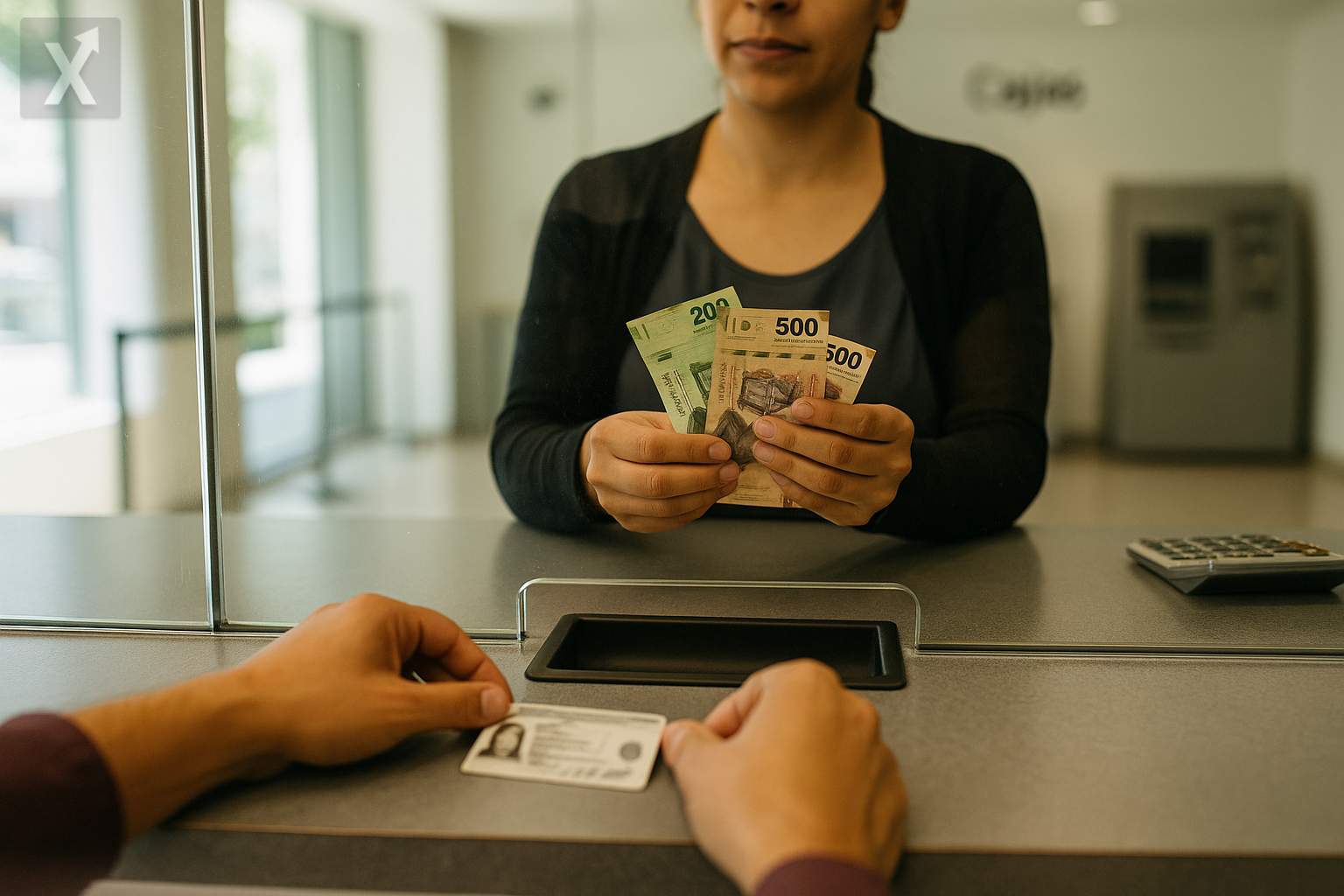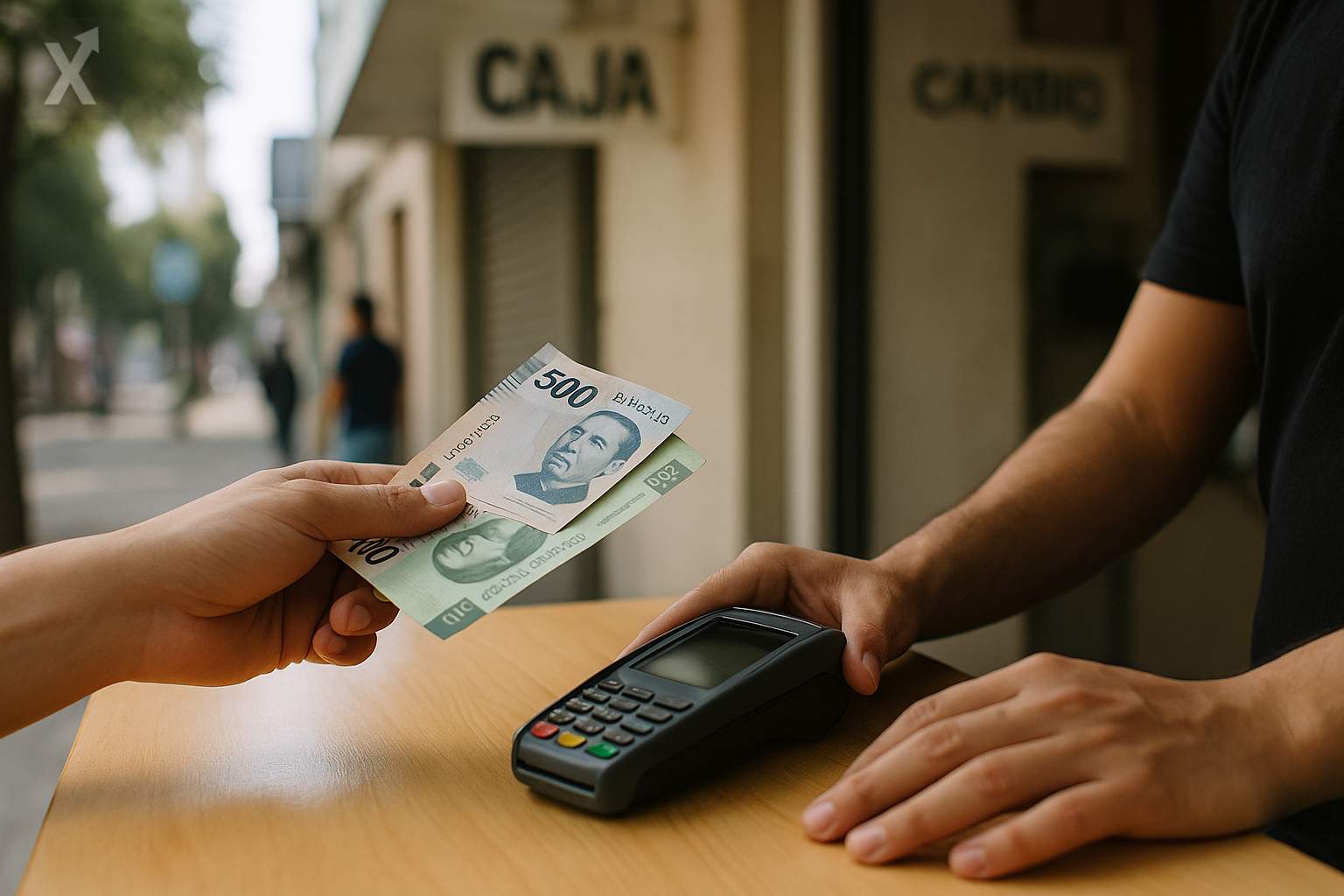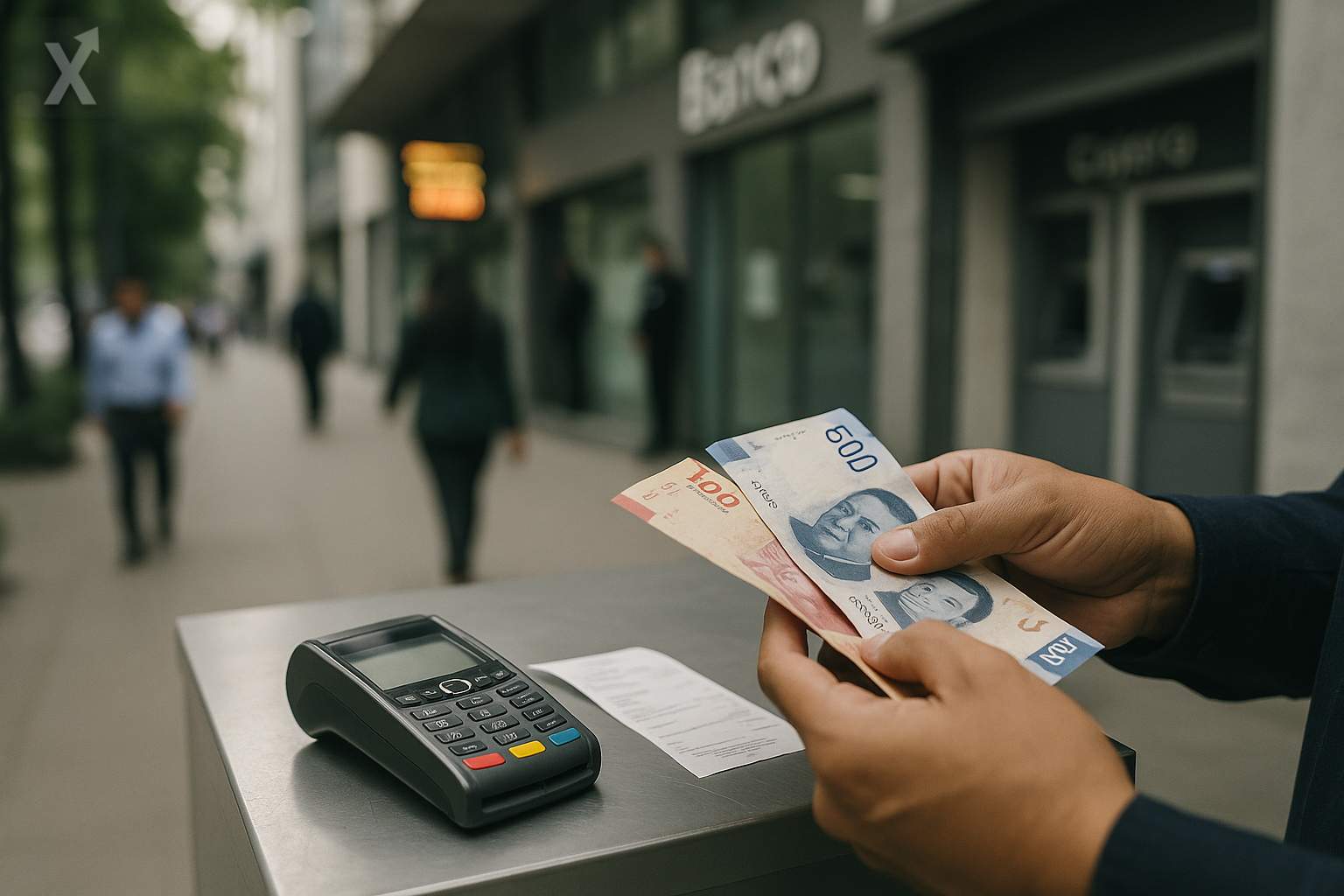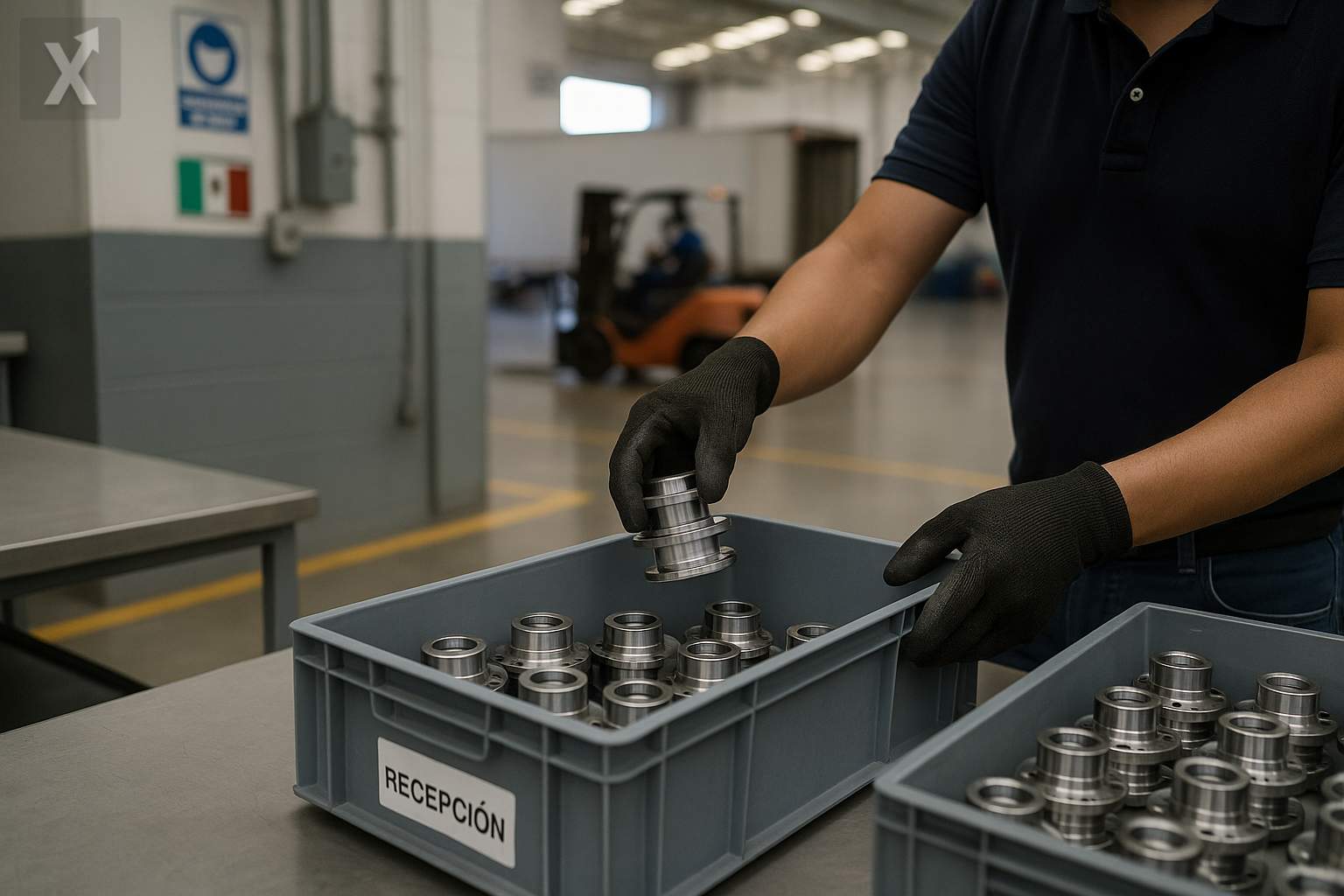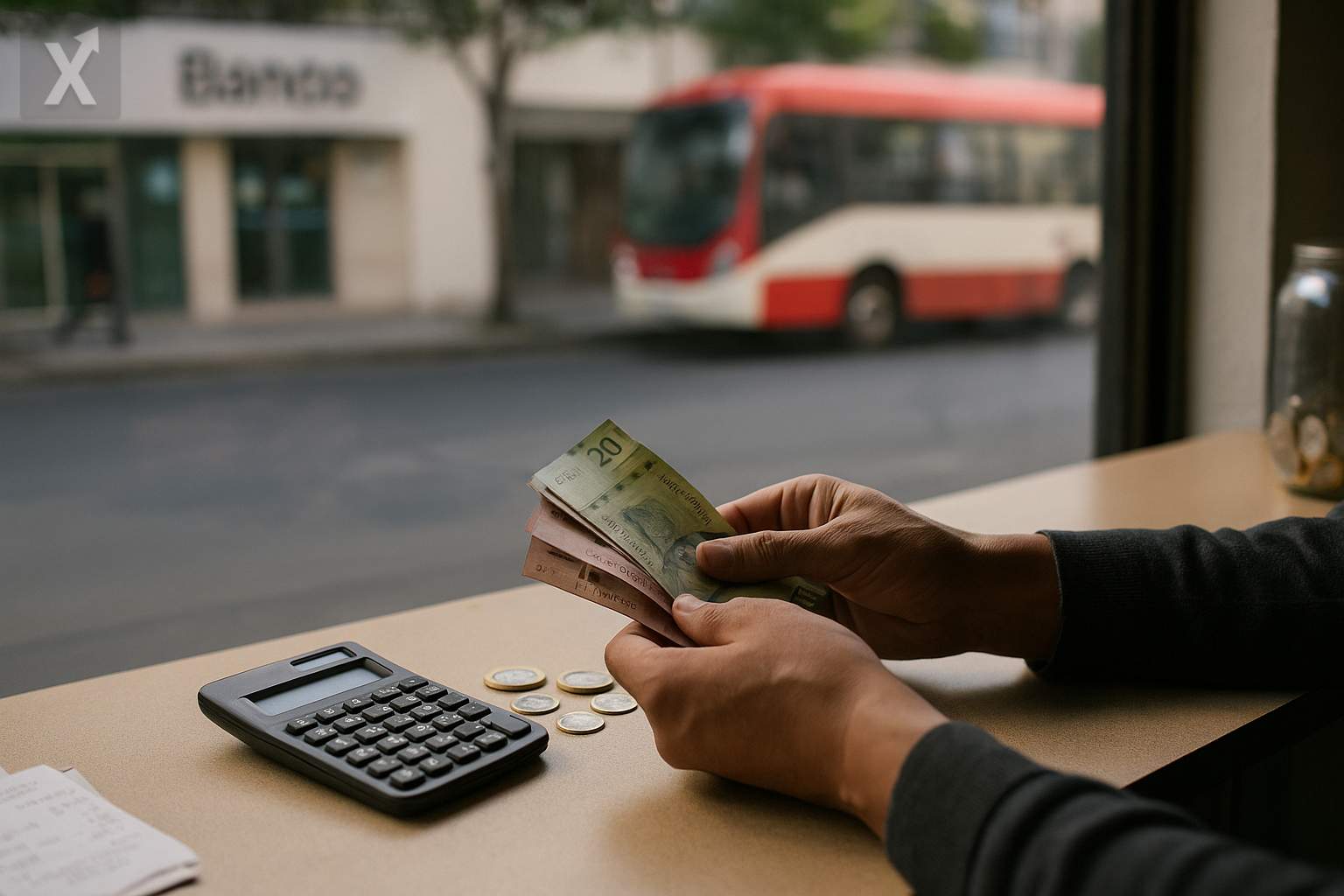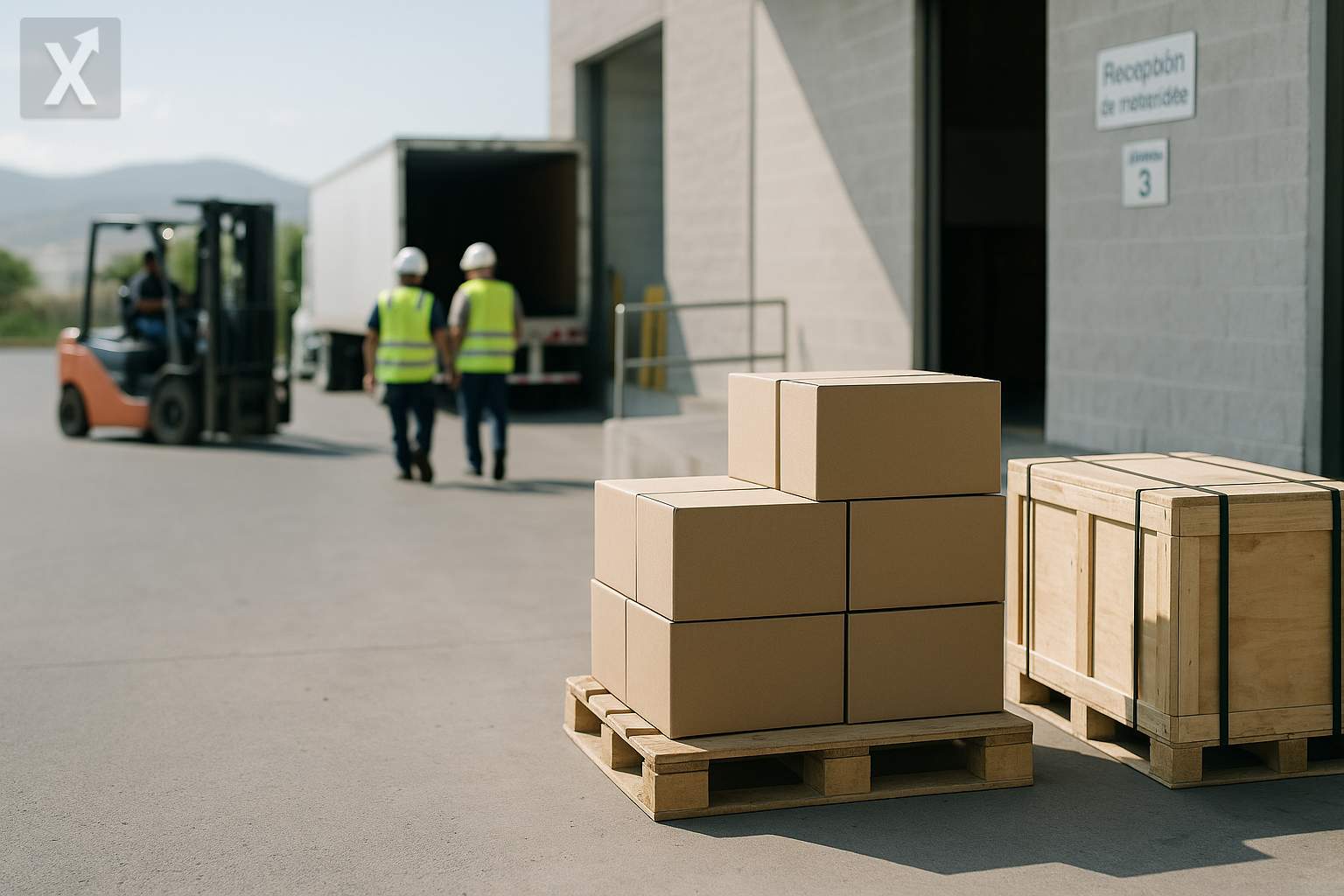Fixed Investment Rebounds in July Thanks to Machinery Purchases; Construction Remains Under Pressure
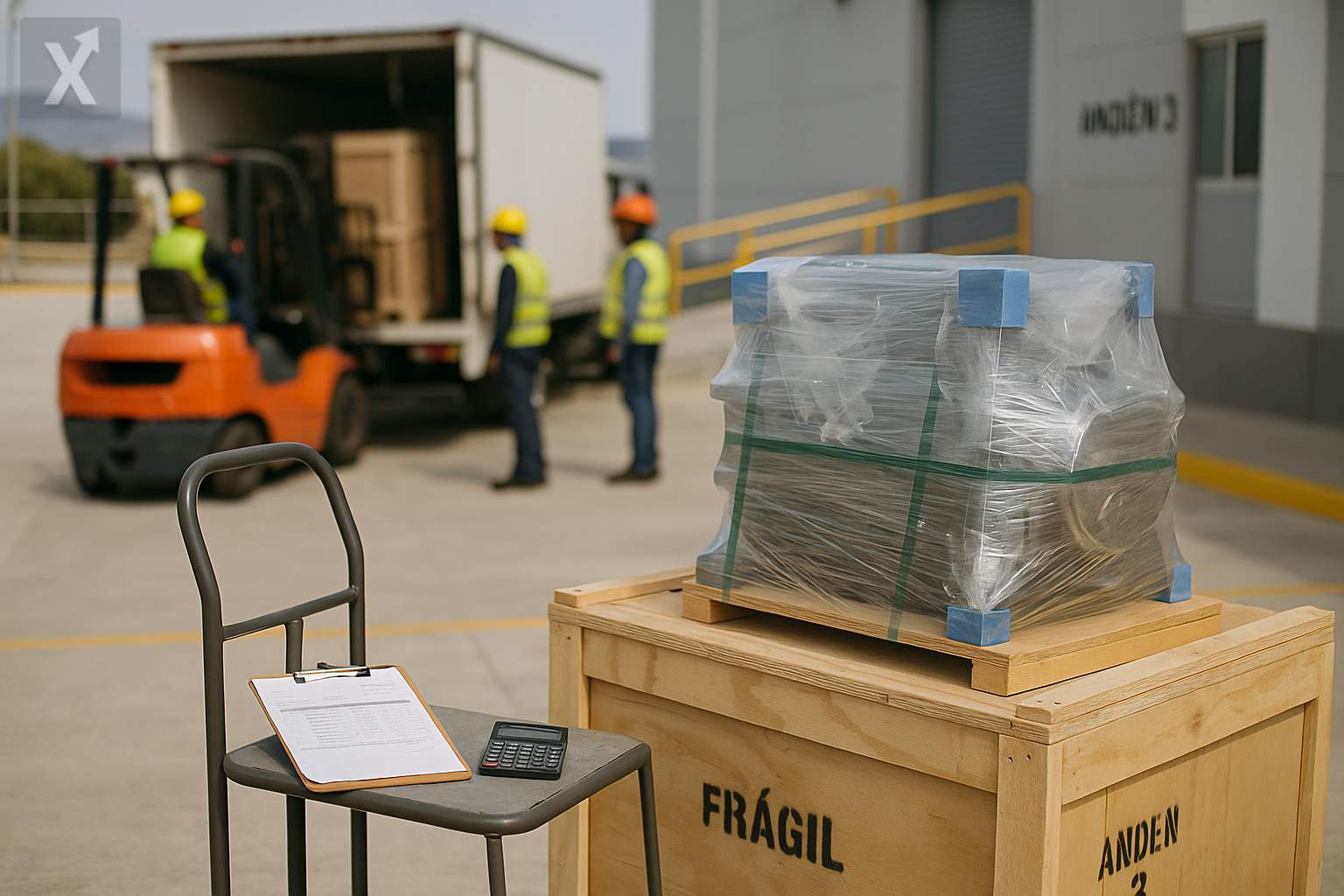
Gross fixed investment in Mexico rose by 1.6% month-over-month in July 2025, its largest increase in over a year, according to seasonally adjusted figures from INEGI. The data confirms a rebound in capital formation—a key driver for future productive capacity—after several months of weakness, although the indicator still remains below levels from a year ago.
The momentum came from acquisitions of machinery and equipment, which jumped 4.9% during the month. Imported goods showed particular strength (up 5.9%), especially transportation equipment, which soared 23.5%. In contrast, construction fell 1.3% month-over-month, with a sharper decline in non-residential works (–1.9%), signaling that infrastructure and productive building projects continue to face delays.
On an annual basis, gross fixed investment contracted by 7.2% compared to July 2024, reflecting that the recent gains have not offset previous losses. By component, construction declined 7.5% year-over-year and machinery and equipment dropped 5.9%. Within the latter, investment in domestically produced machinery and equipment decreased by 11.4%, while spending on imported goods fell 1.5%. In terms of spending type, private investment dropped 4.6% year-over-year, while public investment plummeted 22.7%, dragged down by a sharp drop in construction (–31.7%).
This mixed performance reflects opposing forces within the economy. On one hand, expectations around nearshoring have driven purchases of equipment—often imported—particularly in manufacturing hubs in the north and the Bajío region. On the other hand, bottlenecks in infrastructure persist: high construction costs, bureaucratic hurdles for permits, logistical saturation in key corridors, and water and energy restrictions in some industrial hubs. These factors tend to hold back non-residential construction.
On the macroeconomic side, a strong peso makes imported machinery relatively cheaper, which may explain some of the momentum in imported equipment; however, it also squeezes exporters' revenues and may delay capacity expansion decisions. At the same time, financing costs remain an issue: even though inflation has been on a downward trend since 2023, real interest rates are still elevated and continue to constrain the pace of new projects, especially in construction and in domestically produced machinery.
Looking ahead, the sustainability of the rebound will depend on a reversal in construction trends, progress in strategic infrastructure projects, and regulatory certainty in sectors like energy. Other key factors will be the U.S. manufacturing cycle—particularly in automotive and electrical equipment—the performance of the exchange rate, and the course of monetary policy. If these factors align favorably and demand for industrial space materializes, investment could gain more traction in the coming quarters.
In summary, July saw a significant uptick in machinery and equipment that helps cushion previous weakness, but the annual decline and the drop in construction indicate that the investment recovery is still incomplete. The balance suggests caution: it remains to be seen whether the boost from nearshoring and imported equipment purchases will translate into a broader cycle of capital formation, with more active construction and less restrictive financial conditions.
